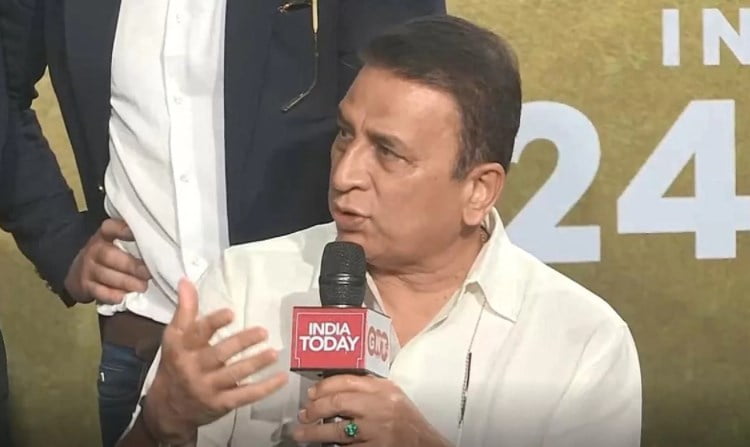While the Indian head coach, Rahul Dravid didn’t mince his words while acknowledging the woeful form of the Indian top-order after the recently concluded fifth Test against England, Rishabh Pant’s reputation in the longest format of the game has taken another monumental leap. Legendary Indian cricketer, Sunil Gavaskar has suggested a change in the batting position of Pant to utilize his abilities in the shorter format of the game.

Pant’s maligned recent form in white-ball cricket was a concern for the team management ahead of the rescheduled fifth Test at Edgbaston. But the explosive southpaw proved all the critics wrong with a sensational century in the first innings and followed it with another half-century at a brisk pace in the second. The young southpaw in a league of his own when it comes to centuries in away Tests by an Indian wicket-keeper batter, as he has four to his belt, while no other player has more than even one.
ALSO READ: Indian Fans Unhappy With ECB’s Emoji Tweet On Virat Kohli
Talking about the batting position of Rishabh Pant, during a chat with Sports Today, batting legend. Sunil Gavaskar said, “Not a bad option at all. Look at what Adam Gilchrist did for Australia in white-ball cricket. He used to bat at No.6 or 7 in Test cricket but while opening in white-ball cricket he was destructive. Maybe someone like Rishabh Pant can be equally destructive, and he will get that many more overs to play.”

Notably, the flamboyant southpaw has often been seen playing the finisher role in India’s limited overs side after the retirement of former Indian skipper MS Dhoni. But ironically, he has struggled to replicate his red-ball form to white-ball cricket in stark contrast to his prolific run in Test matches.
Rishabh Pant has been guilty of trying to overhit the ball in the shorter format of the game, which was quite evident in the T20I series against South Africa last month.
ALSO READ: Mohammed Shami Not In Scheme Of Things For T20 World?
Elaborating the same, Sunil Gavaskar stated, “We have been talking about him as a finisher but then he comes in there, starts slamming the ball, and straightaway gets out. Here, he will have the awareness that he doesn’t have to go bang bang from the first ball. He will have a few deliveries to get used to the pace and movement.”
